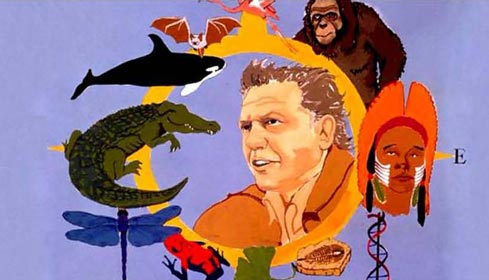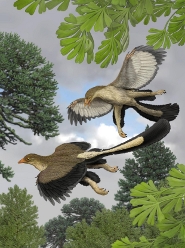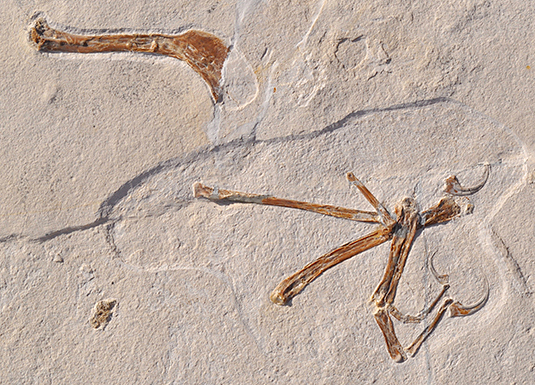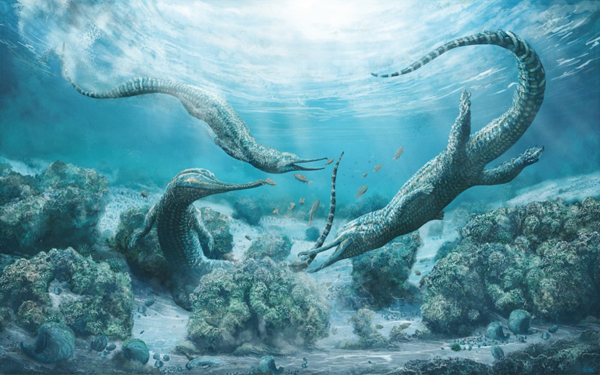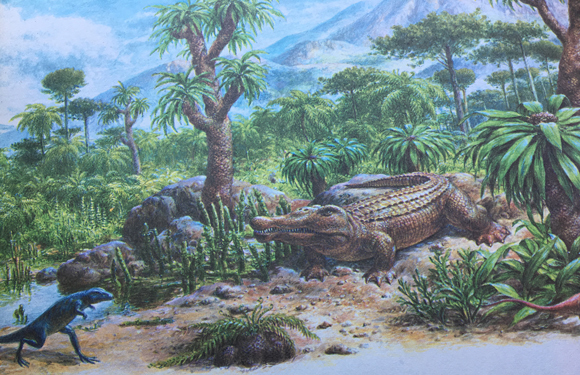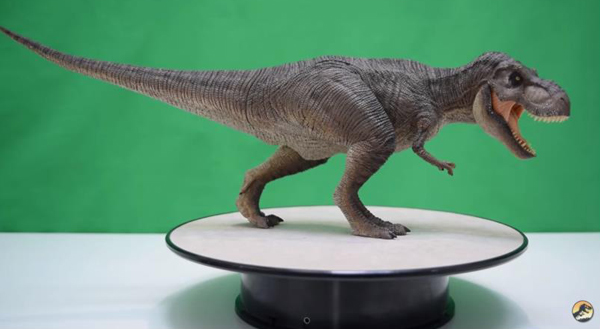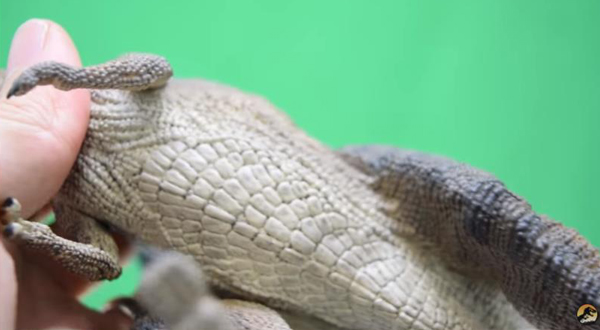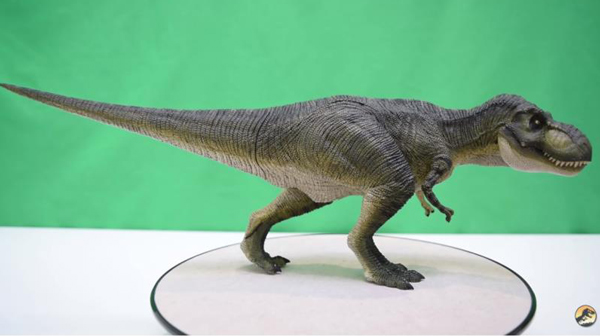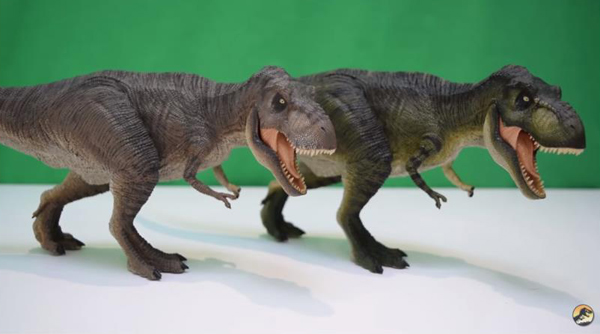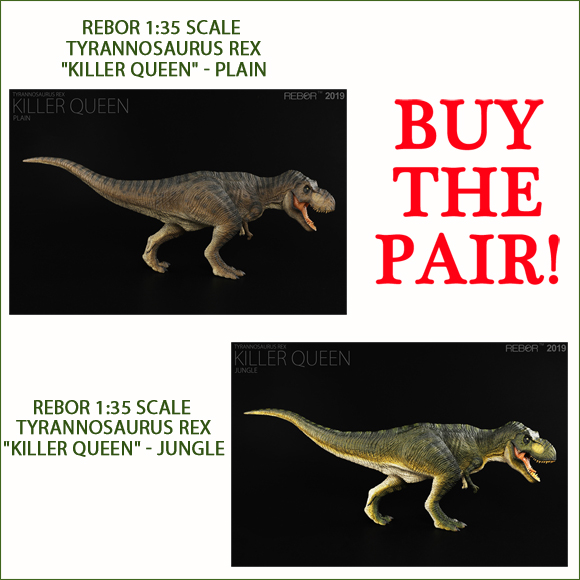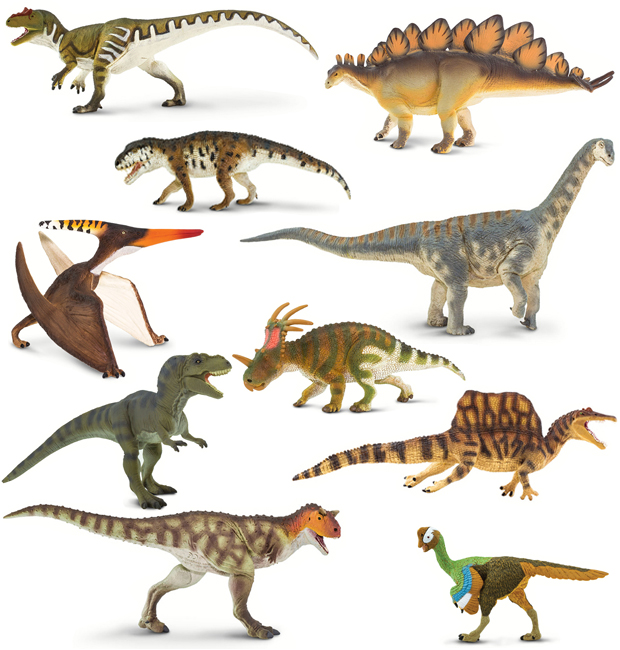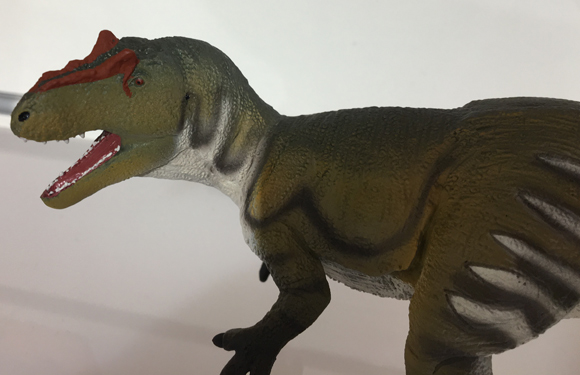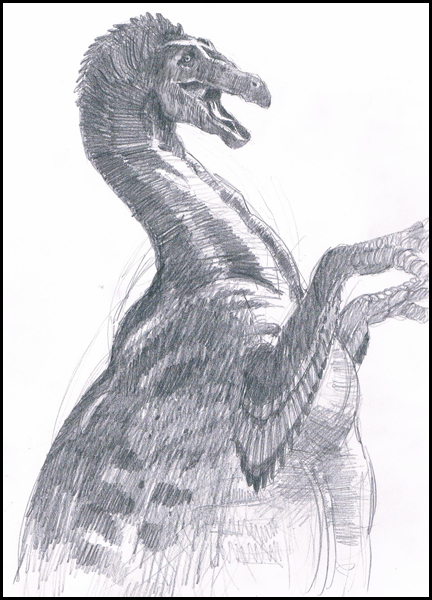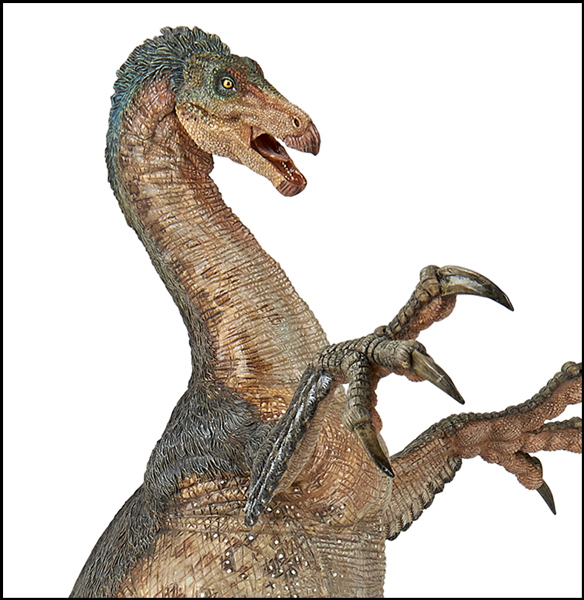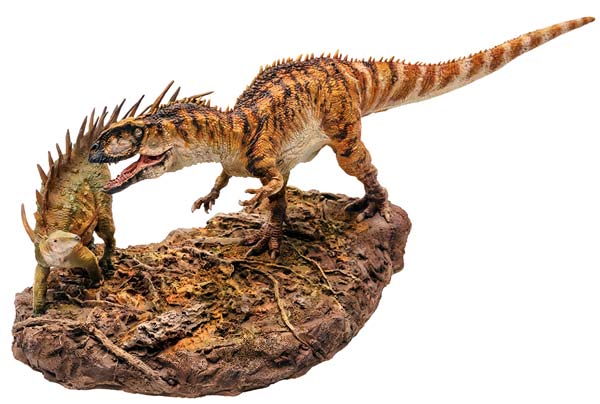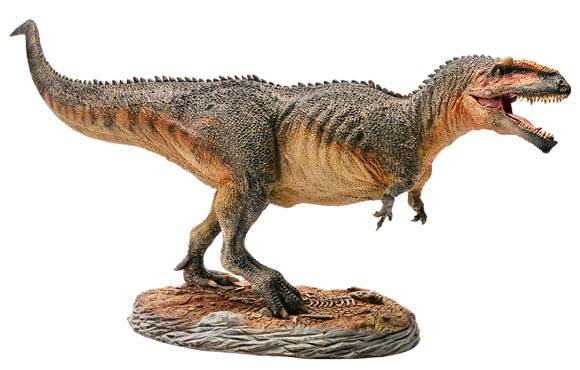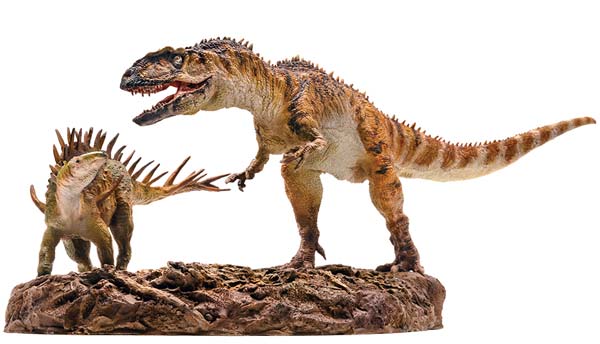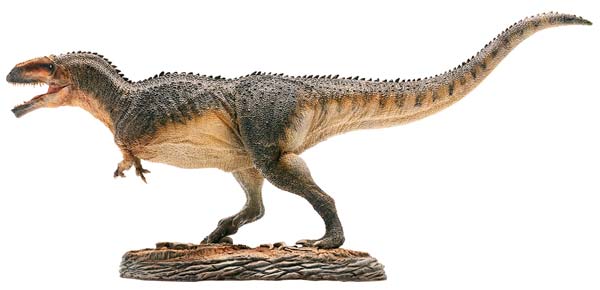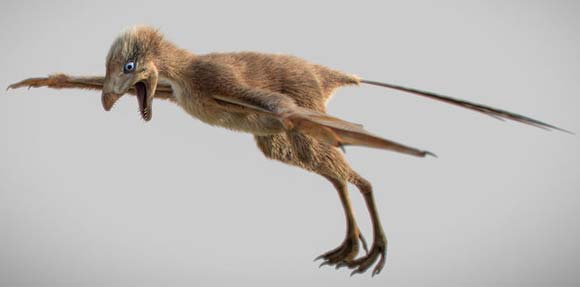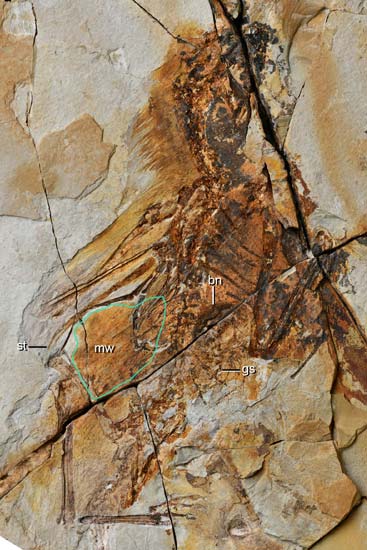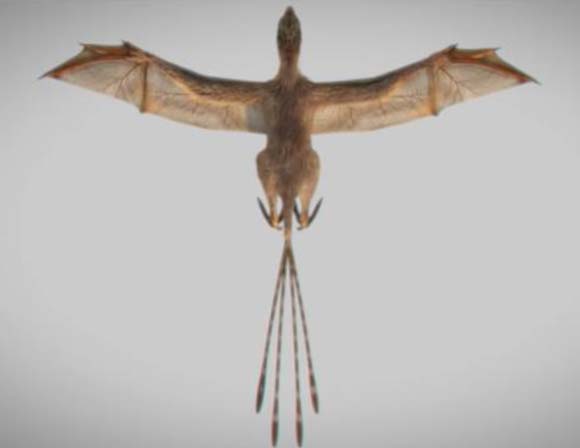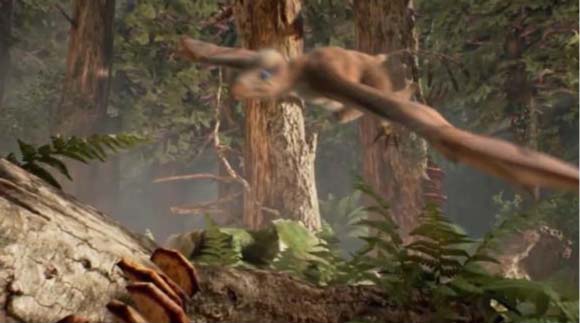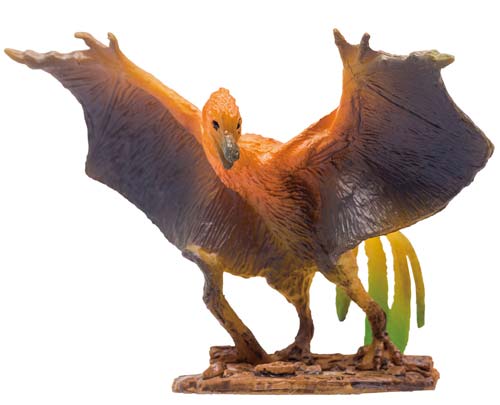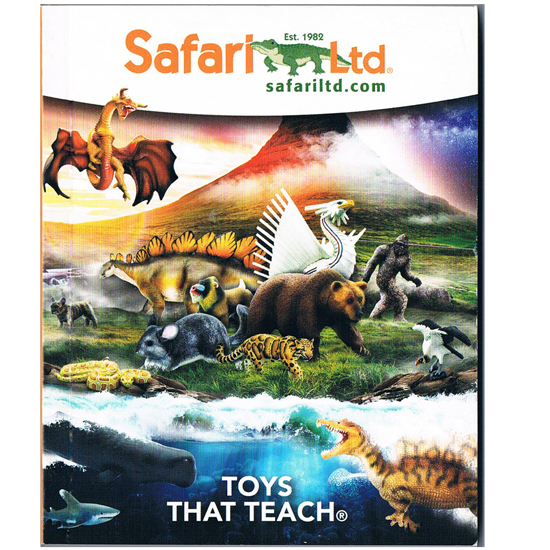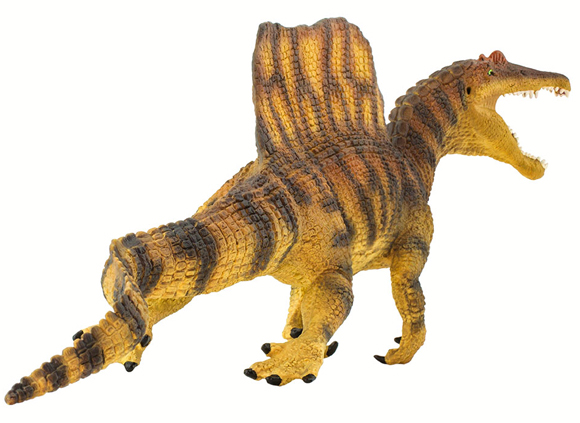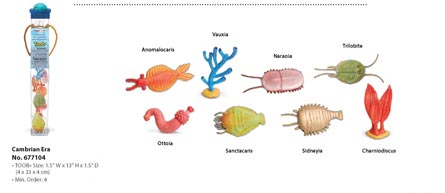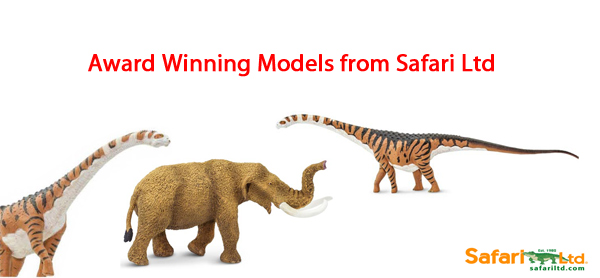New Technology and Fossil Hunting on Mars?
Fossil Hunting on Mars – Where to Look?
The second stage of the joint European and Russian ExoMars project is due to launch in 2020. The first part of the mission involved an atmospheric probe designed to search for trace amounts of methane and other gases in the thin Martian atmosphere – evidence of there having been life on the planet in the past. The results so far have been a little disappointing but, part two will continue the main aim of this programme, addressing the question as to whether or not we are alone in the universe.
A rover will explore the surface and crucially, it will collect samples with a drill down to a depth of two metres and analyse them onboard using sophisticated instrumentation. Samples from beneath the surface of Mars are more likely to include biomarkers, as the thin atmosphere provides little protection from radiation and photochemistry, but could ExoMars be looking for evidence of life in the wrong place?
An Artist’s View of the ExoMars Rover on the Martian Surface
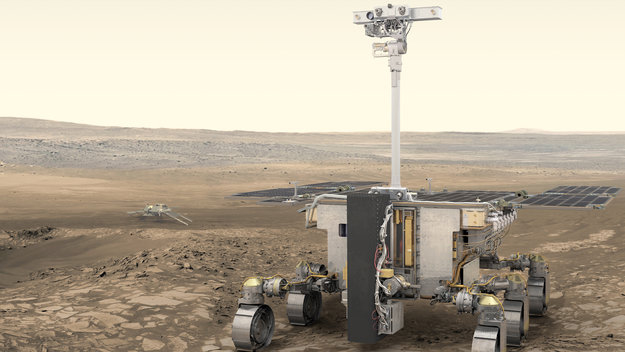
Picture credit: European Space Agency (ESA)
An Atlas of Volcanic Rock – On the Hunt for Extremophiles
Researchers at the Swedish Museum of Natural History (Stockholm), have begun compiling an atlas of fossils in volcanic rock, to guide where and what to look for in the search for Martian life. Most fossils are associated with sedimentary rocks and there are sedimentary rocks on the red planet (deposits formed in layers), either through the transport of material via water, with the assumption that in the ancient past, liquid water existed on the Martian surface, or via wind (aeolian) deposition.
However, igneous rocks dominate the geology of Mars and writing in the academic journal “Frontiers in Earth Science”, the scientists suggest that it is these igneous rocks that may harbour evidence of life. Producing a guide to the microbial fossils found in volcanic rocks on Earth, can then assist the Mars exploration team in identifying suitable sites to hunt for Martian microbial fossils.
An Environmental Scanning Electron Microscope Image of Fossilised Fungi
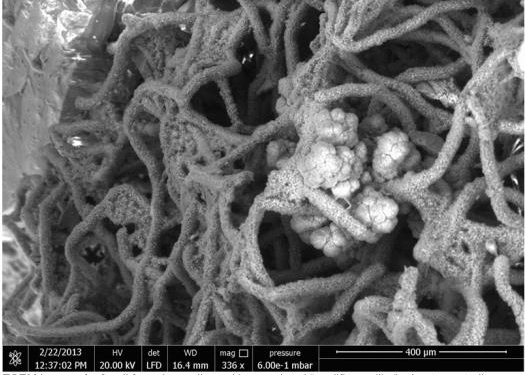
Picture credit: Frontiers Press
Lead author of the paper, Dr Magnus Ivarsson explained:
“We propose a “volcanic microfossil atlas” to help select target sites for missions seeking evidence of extraterrestrial life, such as the NASA Mars mission 2020 and ExoMars. The atlas could also help us to recognise what Mars microfossils might look like, by identifying biosignatures associated with different types of fossilised microbes.”
Microfossils Buried in Deep Rock and in Deep Geological Time
Dr Ivarsson and his colleagues study life buried in deep rock and deep geological time. Looking for the fossilised remains of ancient microbes, that have lived up to one thousand metres below the deepest ocean floors and may have originated more than 3.5 billion years ago.
The Martian Surface But Could the Subsurface Harbour Evidence of Ancient Life?
Picture credit: Frontiers Press
Dr Ivarsson added:
“The majority of the microorganisms on Earth are believed to exist in the deep biosphere of the ocean and continental crust. Yet we are just now beginning to explore, through deep drilling projects, this hidden biosphere.”
In a saline, water world of extreme pressure, that is in perpetual darkness, fungi, bacteria and other microbes have adapted to feed on the igneous rock that surrounds them. There are even predator/prey relationships. These organisms spread through microscopic fractures and cavities forming complex ecosystems. When these lifeforms die, they can become microfossils, providing a history of their existence.
Fossilised Fungal Mycelia
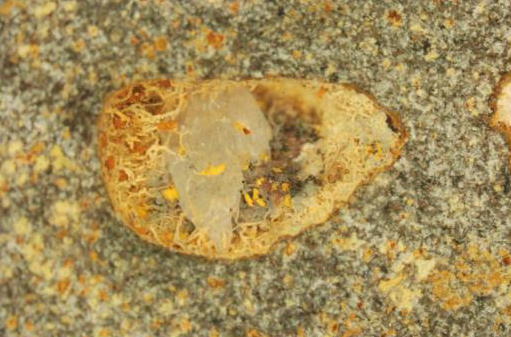
Picture credit: Frontiers Press
An Atlas of Microfossils from Igneous Rocks
Scientists are aware that the rocky planets Mars and Earth are very similar geochemically, so by looking at igneous rocks on Earth, this should help guide the search for life on Mars.
Ivarsson explained:
“Our aim is to be able to use the oceanic crust microfossil record as a model system to guide Martian exploration. Our review of existing knowledge is an important first step, but a more comprehensive understanding of the deep life is needed to show where and what to search for.”
The microfossil atlas would also help to determine which samples should be targeted for return to Earth for further analysis, given the limited payload of the Mars missions. Perhaps, within two years of this article having been written, we will know the answer to the question about whether or not we are alone in this universe, that there was once, perhaps there still is, microbial life deep underground on Mars.
Could Evidence of Ancient Life on Mars be Discovered within the Next Two Years?
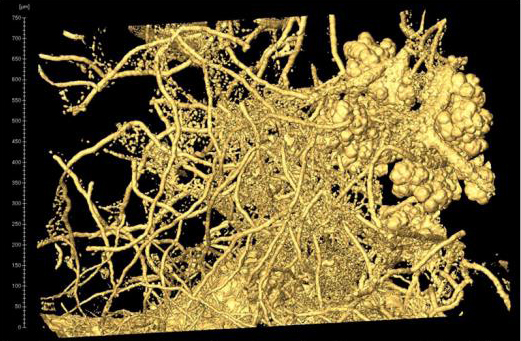
Picture credit: Frontiers Press
The scientific paper can be found here: NASA May Have to Look in Igneous Rocks to Detect Ancient Life on Mars.
Visit the Everything Dinosaur website: Everything Dinosaur.



